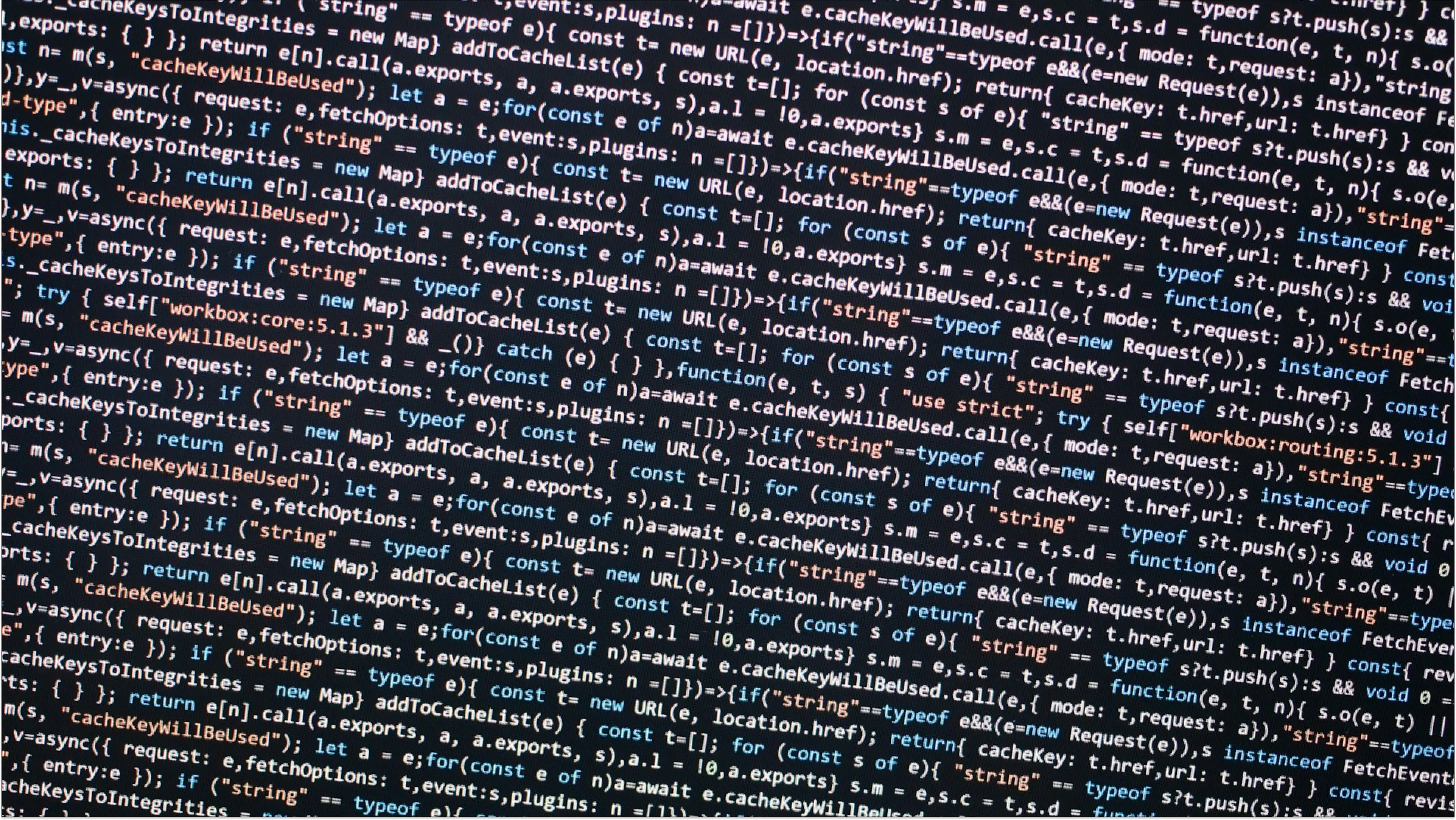31 July 2025 (updated: 31 July 2025)
Refactoring Legacy Code: A Step-by-Step Guide
Chapters

Refactoring legacy code can feel like piecing together a complex puzzle. Let's solve it together.
Every line of unfamiliar code might reveal hidden dependencies, outdated logic, or redundant code that no longer serves a purpose. Yet for many developers, learning to work effectively with legacy code is just as critical as writing new code. It's about giving outdated systems a second life: maintaining existing functionalities while improving structure, performance, and maintainability.
As technology and programming languages evolve, the pressure to modernise legacy systems grows. Refactoring legacy isn’t just about cleaning up bad code; it’s a core part of ensuring your existing codebase remains scalable, secure, and future-proof. In this guide, we walk through the refactoring process step-by-step: sharing techniques, tools like static code analysis tools, and practical strategies to safely refactor outdated systems without disrupting external behavior or breaking other systems.
Understanding Legacy Code
Legacy code often refers to outdated code or an entire system that has grown beyond its original scope—frequently built on outdated technology or missing the unit tests that provide confidence during changes. To refactor legacy code effectively, you first need to understand its quirks, the original software architecture, and how it fits into your application’s scalability.
Identifying Legacy Code Challenges
Working effectively with legacy code means confronting a set of familiar pain points:
- Lack of documentation, making it difficult to understand complex logic.
- Outdated dependencies, built with frameworks that are no longer supported.
- Redundant code and poor structure, which increase the risk of introducing new bugs during changes.
These challenges slow down the development process, create technical debt, and frustrate even the most seasoned development team. The key is to identify what parts of the code base can be salvaged, what needs a complete overhaul, and how to introduce modern frameworks gradually.
Common Pitfalls in Legacy Systems
Many legacy systems share the same underlying issues:
- No integration tests or characterization tests, leaving teams without a safety net.
- Tightly coupled business logic code, which makes it hard to extract logic code cleanly.
- Nested conditionals and bad code practices that violate modern coding standards.
Without safeguards in place, like automated tests and version control systems, every change can feel risky. A single tweak can introduce bugs across the entire application, especially when logic code isn’t modular.
Preparing for Refactoring
Before changing a single line of source code, it’s essential to plan. Assess your existing code and identify where incremental improvements can deliver the biggest wins.
Assessing the Existing Codebase
Start with a deep dive into your existing codebase:
- Run static analysis tools to pinpoint code smells, duplication, or overly complex functions.
- Audit the code to uncover unused code, outdated code, or fragile dependencies.
- Map out the system architecture and dependencies to understand how individual functions relate to the entire system.
This evaluation is the foundation of any sustainable legacy code refactoring plan.
Setting Clear Refactoring Goals
Once you understand your code’s current state, it’s time to define success:
- Are you refactoring code to enable new features?
- Do you need better test coverage, or are you preparing to adopt new architecture?
- Will you focus on performance, maintainability, or simplifying the development process?
Use static code analysis tools and feedback from other developers to prioritise and plan your changes. Good goals help avoid scope creep and keep development efforts aligned with business needs.
Refactoring Techniques and Strategies
Refactoring legacy code isn’t a single event, it’s an ongoing process. Whether you’re fixing code smells or restructuring for future scalability, consistency is key.
Incremental Refactoring Approaches
Small, focused updates are safer and easier to manage than a complete overhaul:
- Start with low-risk updates, like removing unused code or clarifying variable names.
- Use version control to track every change, allowing you to revert if needed.
- Make one functional change at a time to isolate risk and observe impact.
These incremental improvements let you evolve your legacy codebase without breaking it.
Refactoring Patterns and Practices
To refactor code effectively, apply proven patterns:
- Extract Method to isolate complex logic.
- Move Method or Rename Variable to make code easier for other developers to follow.
- Separate business logic into discrete modules to allow for independent testing and reuse.
Focus on rewriting code with clarity and modularity in mind. Always avoid mixing in new functionality while refactoring: treat those as separate phases to reduce complexity.
Testing and Validation
Unit tests are your safety net. Without them, you risk changing external behavior or introducing hard-to-track bugs.
Importance of Unit Tests
Before changing anything, write tests that capture the current behavior:
- Cover existing functionalities with characterization tests.
- Build new unit tests to validate any updated or refactored logic.
- Use automated tests to maintain coverage over time.
These safeguards make it easier to fix bugs early and build confidence in the refactoring process.
Ensuring Stability Post-Refactor
Use continuous integration and regression testing to verify that refactored code still works across the entire system. Maintain updated tests for new code, and don’t neglect security testing if your system handles sensitive data.
Maintaining Code Quality
Refactoring legacy code is never truly finished. Keep improving by adopting a long-term strategy focused on quality and maintainability.
Best Practices for Code Reviews
Code reviews are a vital checkpoint:
- Catch issues before they reach production.
- Ensure consistent coding standards.
- Help the entire development team learn from the refactoring process.
Encourage open collaboration so that working effectively with legacy systems becomes a team strength,not a lone burden.
Check out also:
- The Most Common Problems in Maintaining Legacy in RoR and How to Deal with Them
- Let’s break down the real-world problems and how smart devs tackle them - Rewrite or Refactor? A Balanced Guide to Legacy Systems
- If you're a founder, CTO, or business leader responsible for a product built on legacy technology, you’ve probably asked yourself: should we keep patching what we have, or start fresh?





